These 9 Calendula Varieties Are Perfect For Bedding Arrangements Or Underplanting

ANNUALS > CALENDULA > VARIETIES
Reviewed By ROY NICOL

Roy is a Professional Gardener and Horticultural Consultant, specialising in large garden year-round maintenance and garden development. He is an RHS Master of Horticulture and uses his research in the application of no-dig methods in ornamental garden settings. Roy has been a Professional Gardener for more than six years and is a member of the Chartered Institute of Horticulture, Professional Gardener's Guild and Association of Professional Landscapers (Professional Gardener).
IN THIS GUIDE
CALENDULA GUIDES
Deadheading
Growing From Seed
Varieties
Calendula officinalis and its cultivars have lanceolate leaves with the lower, mature leaves tending to spatulate and the upper, younger leaves to oblong.
They are of an unusually bright yet rich green shade.
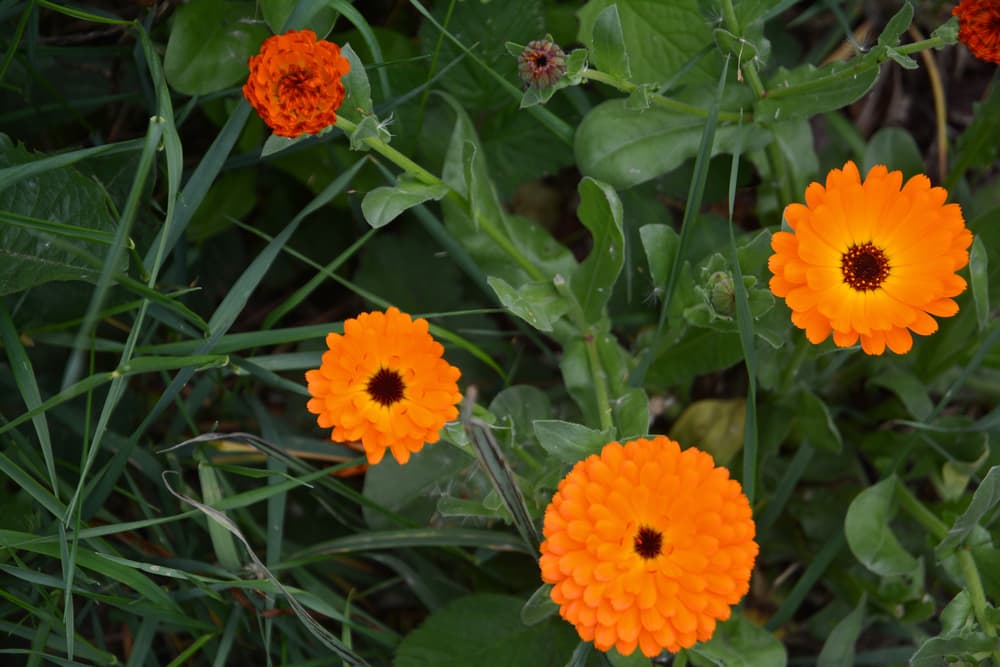
The margins are usually entire but may be wavy and the lamina slightly hairy.
The single or double flowers are typically 5-8cm across, with sizes varying by variety, as does plant height and spread.
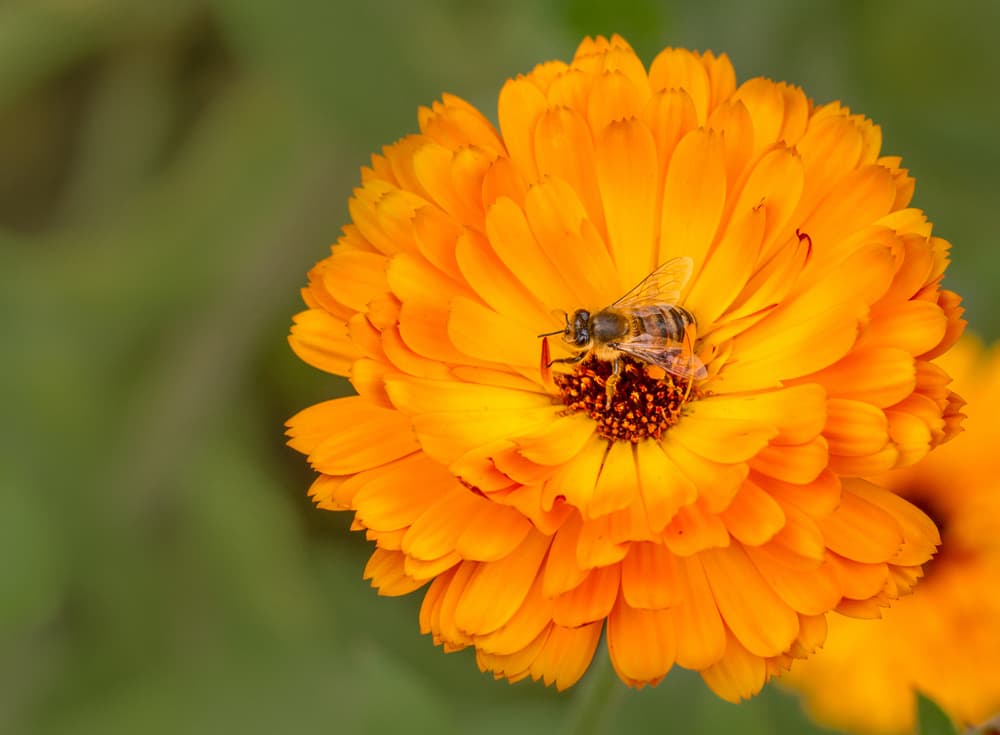
A select list of varieties is outlined underneath – after introducing the species, we have ordered the cultivars by the colour tones of the flowers.
All varieties, with a hardiness of H5, are hardy almost throughout the United Kingdom – however, they are usually treated as annuals.
“Calendula cultivars are typically used in bedding arrangements or at the front of a border to underplant taller plants, producing a blaze of colour all summer long,” shares Master Horticulturist and Professional Gardener Roy Nicol.
1) C. officinalis
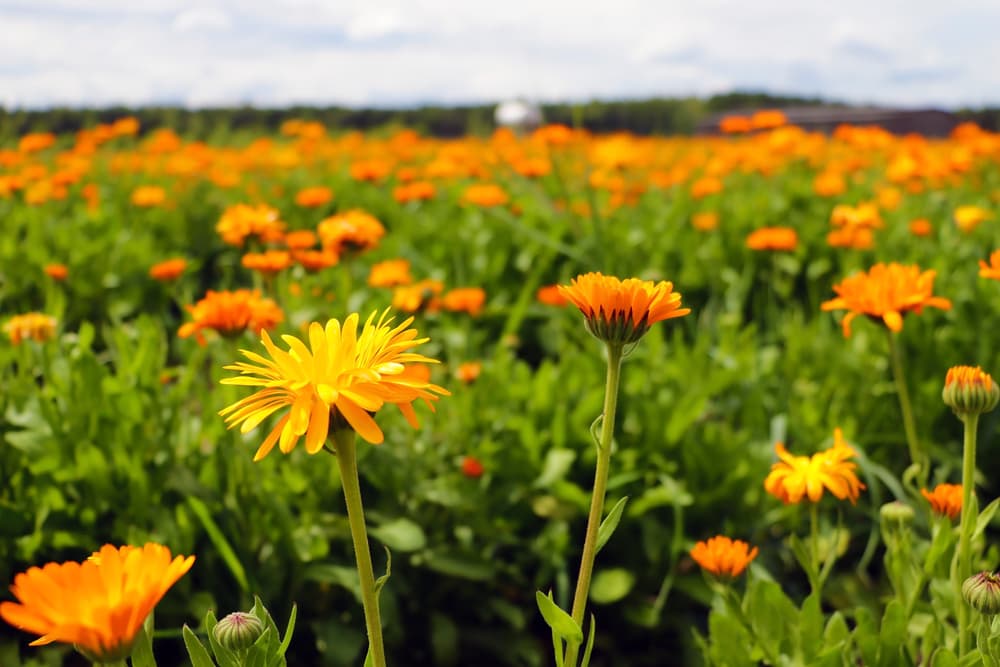
The mother species and it is, in dead earnest, a treasured plant to many people.
It reaches heights of around 50cm with a spread only slightly less than the height.
The flowers are single and typically of a flame orange hue and they are 5-6cm wide.
The very long flowering season spans all of summer and autumn and sometimes even beyond.
2) C. officinalis ’Snow Princess’
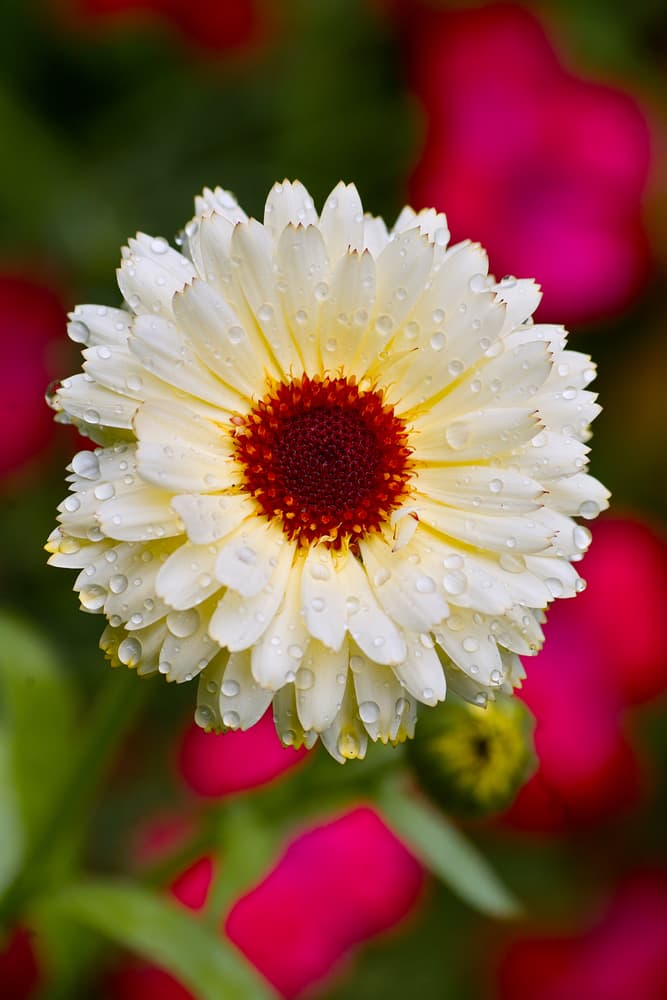
Grows to only about 30cm with about the same spread.
The two-toned double flowers display creamy shades on their undersides and a light buttery yellow on the upper surfaces.
The flowering season covers summer through mid-autumn.
3) C. officinalis Fiesta Gitana Group
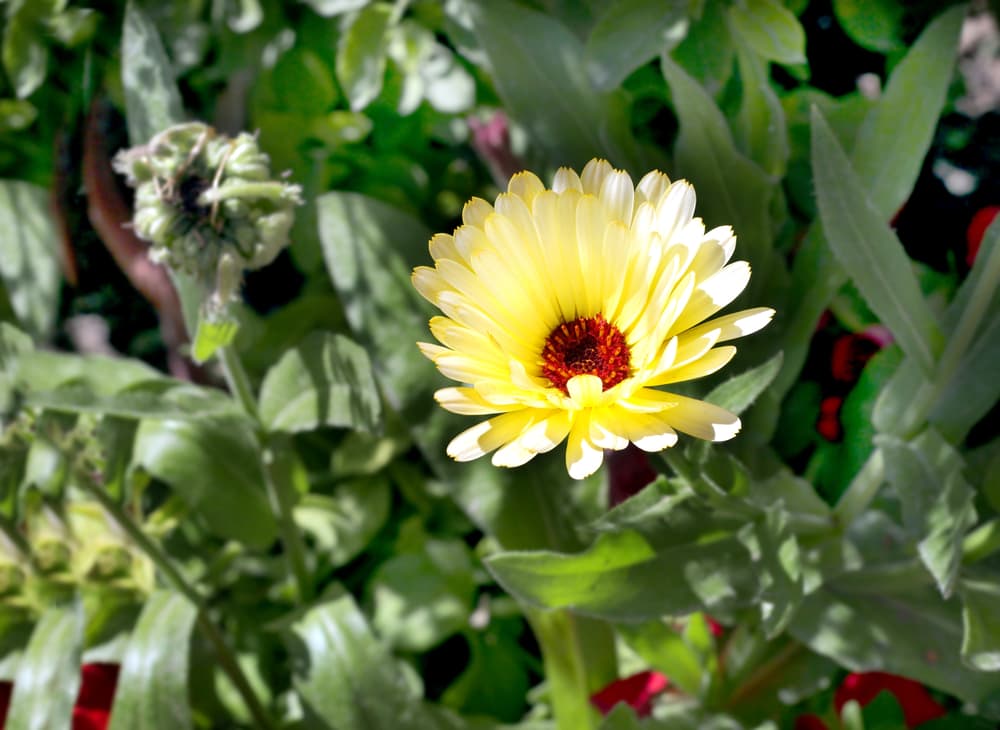
Also reaches a height and spread of only about 30cm.
The double flowers are about 4cm wide and are of a buttery yellow to sulphur yellow tone, sometimes to light orange.
It is an especially floriferous variety that blooms in summer and autumn.
This variety has received the RHS Award of Garden Merit.
4) C. officinalis ‘Apricot Pygmy’
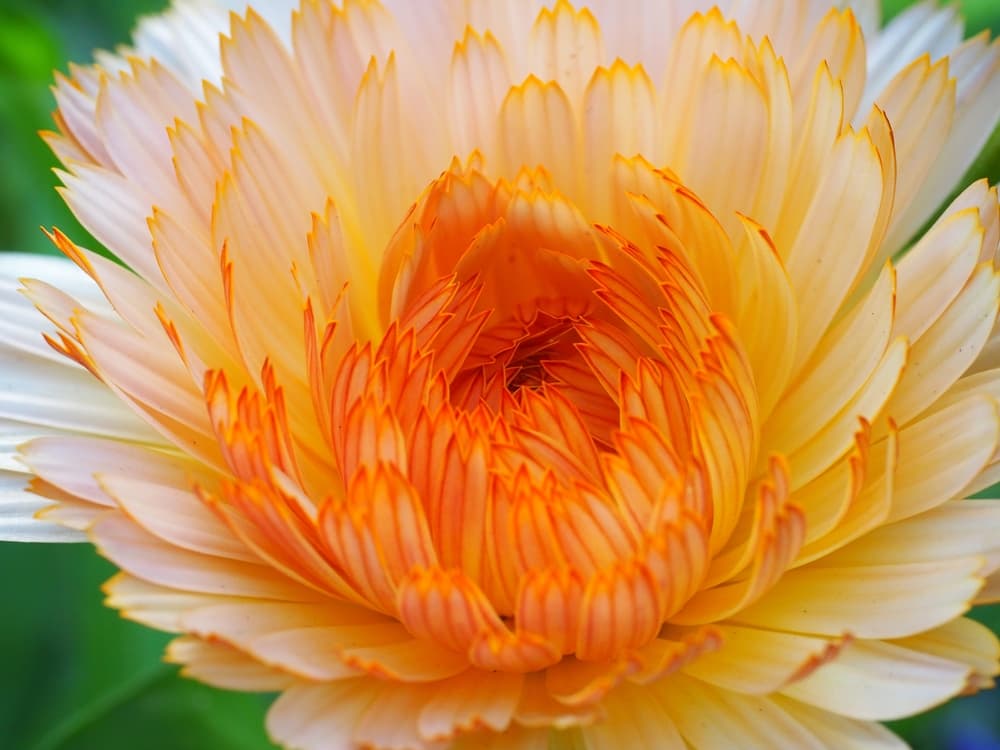
Growing to only about 25cm, this variety’s leaves are particularly aromatic.
The small flowers are semi-double and are in shades of yellow, from a pale, pastel yellow to light apricot orange.
It blooms from summer deep into autumn.
5) C. officinalis Kinglet Mix

Reaches heights of 40-50cm.
It bears large, crested fully double flowers.
This mix of Kinglet varieties throws up floral colours from the palest of yellows through sulphur yellow to flame orange.
This early bloomer produces flowers from late spring to early autumn.
6) C. officinalis ‘Dandy’
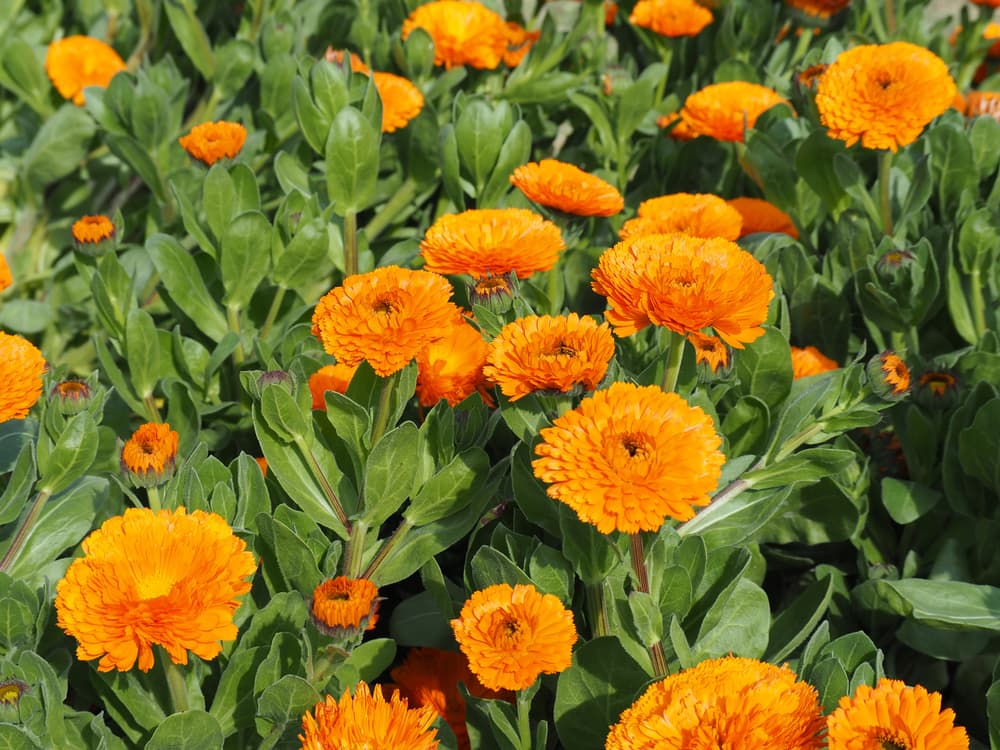
An especially tall variety reaching heights of 50-60cm.
It produces large, fully double flowers of a light but bright and vibrant orange hue with startling green centres.
They are among the more ornamental of C. officinalis varieties.
Another early bloomer, it produces flowers from late spring to early autumn.
7) C. officinalis ‘Daisy Mixed’
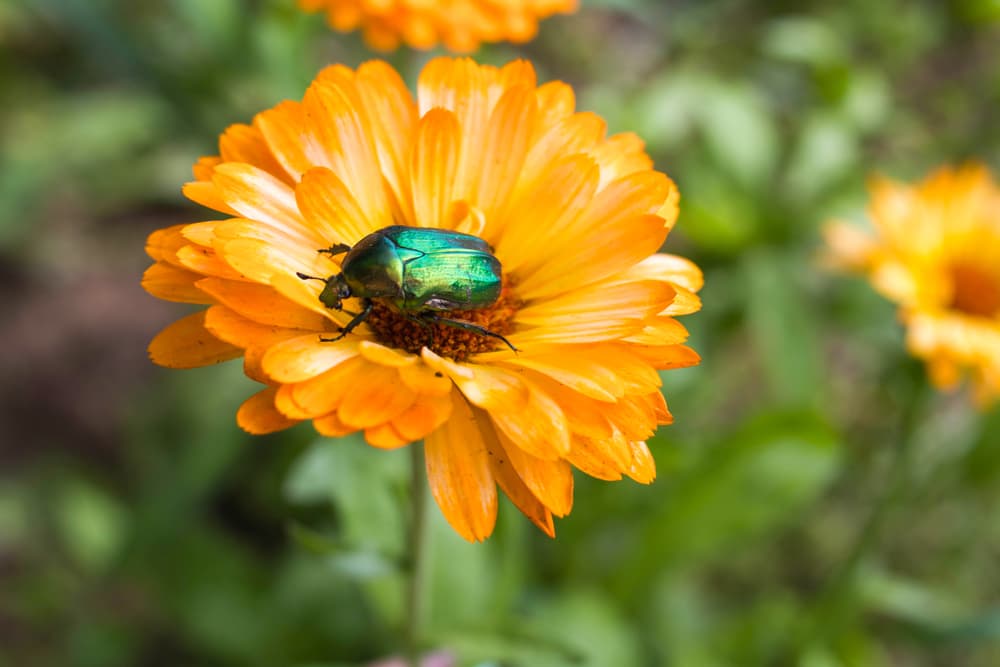
A dwarf that grows to only about 25cm with a similar spread.
It is a floriferous variety that bears single flowers that are more daisy-like than most C. officinalis cultivars.
They are of a tangerine orange to reddish-orange colour.
It has a particularly long flowering season that starts at the beginning of summer and continues past autumn.
8) C. officinalis ‘Indian Prince’
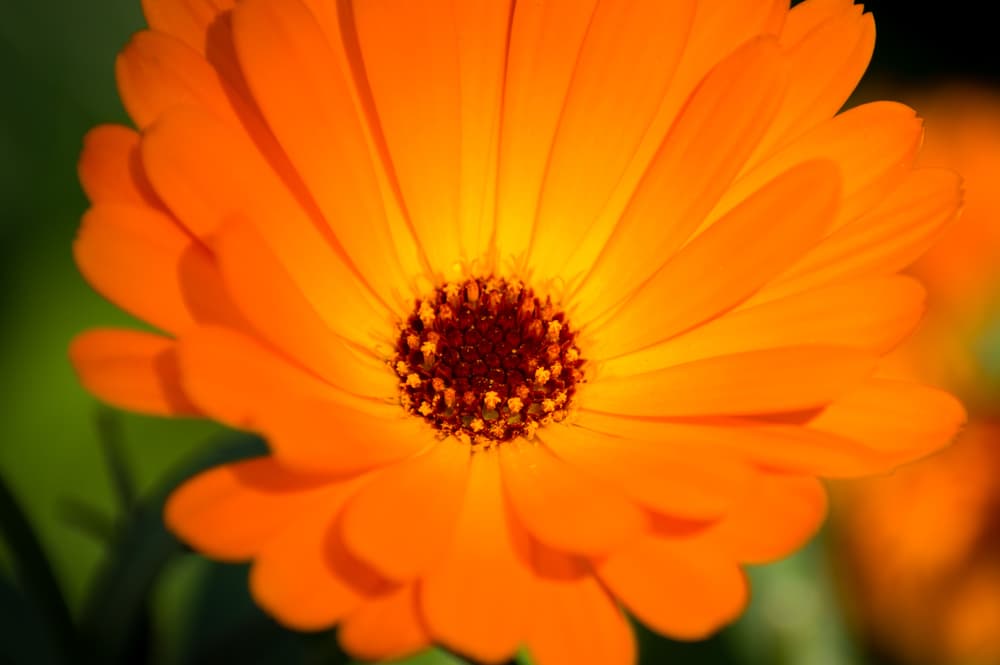
One of the stateliest of all varieties, attaining heights of 65-75cm.
It also produces among the deepest- and darkest-hued flowers.
Though the flower is usually a rich, dark orange with a dark brown centre, they are sometimes even brownish-orange to russet.
It flowers through summer and autumn.
9) C. officinalis ‘Orange King’
Reaches heights of 40-50cm.
It produces among the largest flowers that are fully double and which are of a bright orange colour – indeed, in view of their shape, form and colourations, they could be mistaken for Tagetes Marigold blooms.
It flowers from late spring to early autumn.

